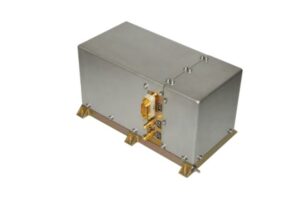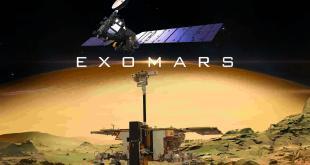
Edinburgh, 9 September 2021. – Orolia will be paid €70 million to provide atomic clocks for the first 12 satellites of the Galileo Second Generation System (G2S), Orolia announced.
The funding comes in two contracts, one with ESA and the other with Leonardo.
The European Commission and ESA had chosen Orolia’s Skydel GNSS signal simulation core engine for the G2S radiofrequency constellation simulator in May.
Each of the G2S satellites will contain three Orolia Rubidium Atomic Frequency Standards (RAFS). These are ultra-stable rubidium atomic clocks capable of a frequency stability of about 2×10-14 over intervals of 10,000 seconds. The satellites will also be equipped with two Orolia atomic clock physics packages integrated with Leonardo’s Passive Hydrogen Masers (PHM). The stable frequency-performance PHMs are the master clocks for the Galileo satellite payload. This technology offers superior stability to all other clocks onboard of navigation satellites, Orolia said.
With the project, the firm will support the Galileo program with the most advanced Global Navigation Satellite Systems (GNSS) timing technology available, Orolia said. The company has conveyed over 140 RAFS Flight Models worldwide, out of which 114 are flying on GNSS constellations. Furthermore, from the 100 PHM Flight Models delivered worldwide, 56 are flying on the current 26-satellite Galileo constellation.
The satellites of the new Galileo generation will be larger than existing ones, they will use electric propulsion and have a more powerful navigation antenna, according to ESA. The new constellation is expected to achieve a decimetre-scale positioning precision.





